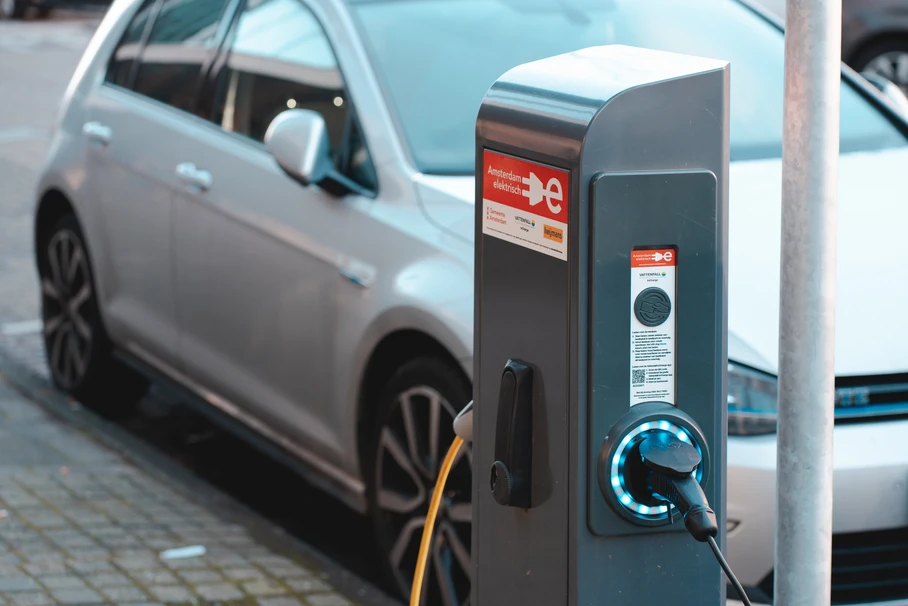With the auto industry rapidly shifting towards sustainability, hybrid and electric vehicles (EVs) have become a common sight on our roads. As revolutionary as these vehicles are in design and functionality, they present unique challenges when it comes to collision repairs. Here’s a closer look at the intricacies of repairing hybrid and EVs and the critical role of specialized training and tools.
1. Complex Electrical Systems:
Hybrid and EVs operate on intricate electrical systems, with high-voltage batteries and circuits. Post-collision:
- These systems require thorough inspections to ensure no damage has occurred, as even minor faults can compromise vehicle safety.
- Technicians must be trained to handle these high-voltage systems safely, ensuring no risks of electrical shocks during the repair process.
2. Battery Concerns:
Unlike conventional vehicles, the battery in an EV or hybrid isn’t just for starting the car. It’s the heart of the vehicle.
- Any impact, especially in collisions, can damage the battery. It’s vital to assess its integrity, ensuring no potential hazards like leaks or malfunctions.
- Specialized equipment is necessary to test, remove, or replace these batteries safely.
- 3. Unique Materials:
Many hybrid and EVs use lightweight materials like aluminum or reinforced composites to offset the weight of the battery.
- Repairing these materials often requires specialized welding equipment and techniques different from traditional steel repairs.
- Proper repairs ensure the structural integrity of the vehicle and its overall safety.
4. Proprietary Parts:
Given the specialized nature of these vehicles, many parts are proprietary to specific manufacturers.
- Genuine replacement parts ensure the vehicle retains its original performance, safety features, and value.
- Technicians must be familiar with different models and their unique components, ensuring the right parts are sourced and installed.
5. Advanced Safety Features:
Many modern hybrids and EVs come equipped with Advanced Driver Assistance Systems (ADAS) like lane-assist, auto-braking, and more.
- Post-collision, these systems often need recalibration or even replacement.
- Specialized training is required to handle these advanced technologies, ensuring they function as intended after repairs.
In Conclusion:
The world of hybrid and electric vehicles is exciting, bringing forth advancements that are redefining the automotive industry. However, with these innovations come new challenges in collision repairs. At 21st Century Collision, we pride ourselves on staying ahead of the curve, investing in specialized training and tools to handle these modern marvels. Because when it comes to your vehicle’s safety and performance, no compromise should be made.

